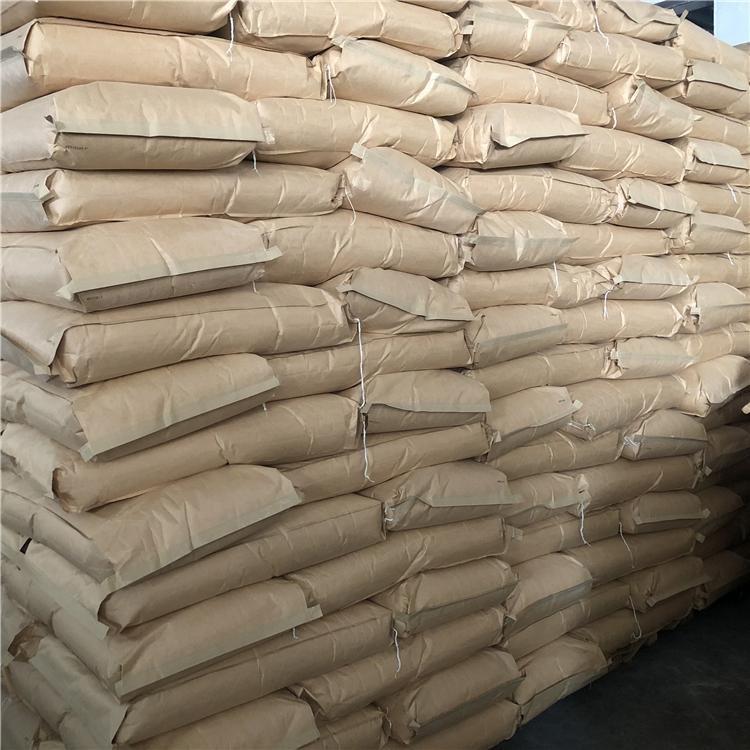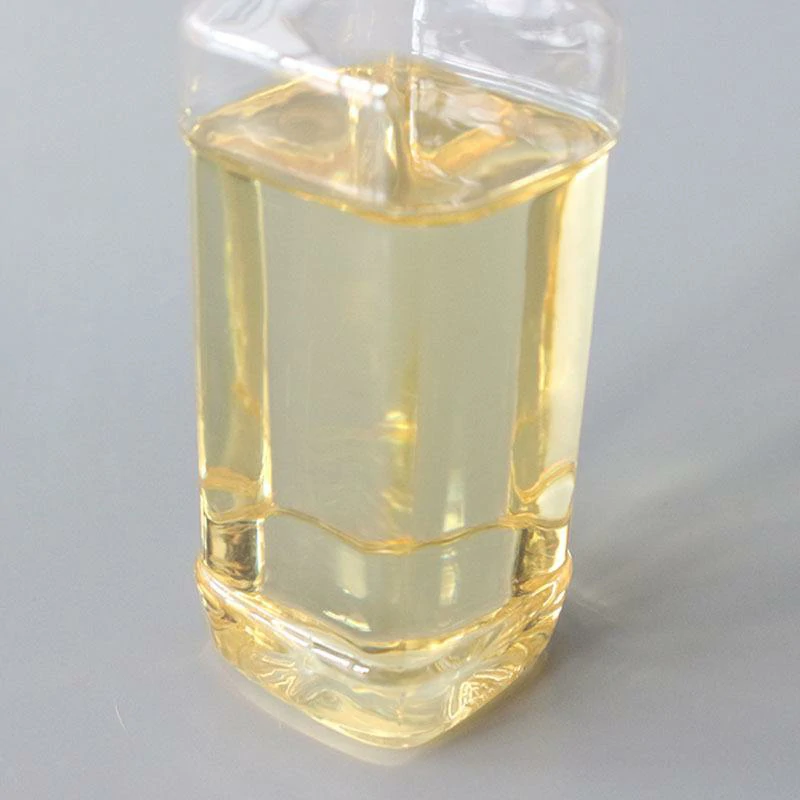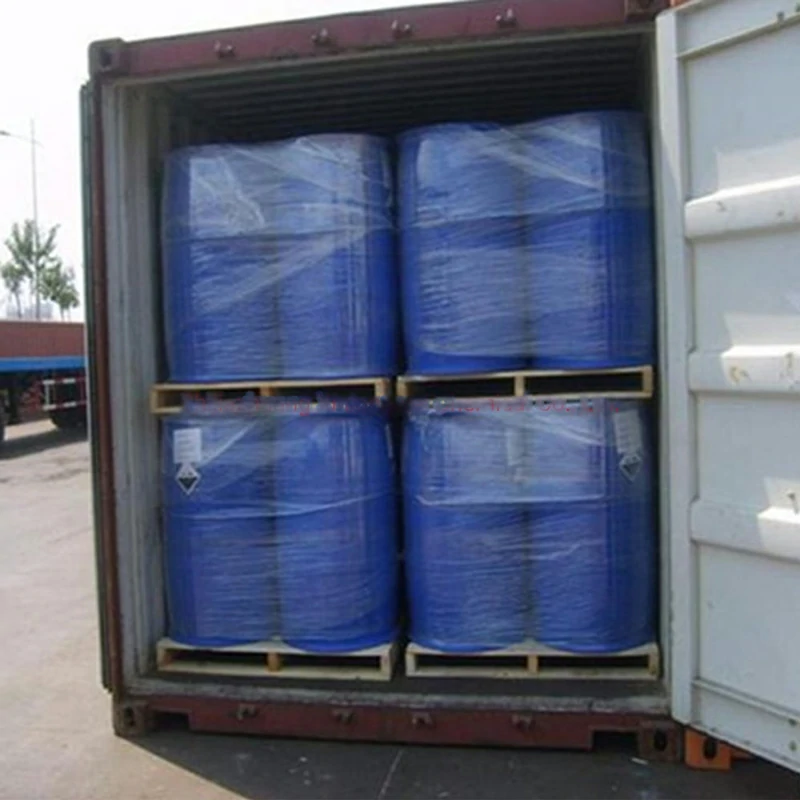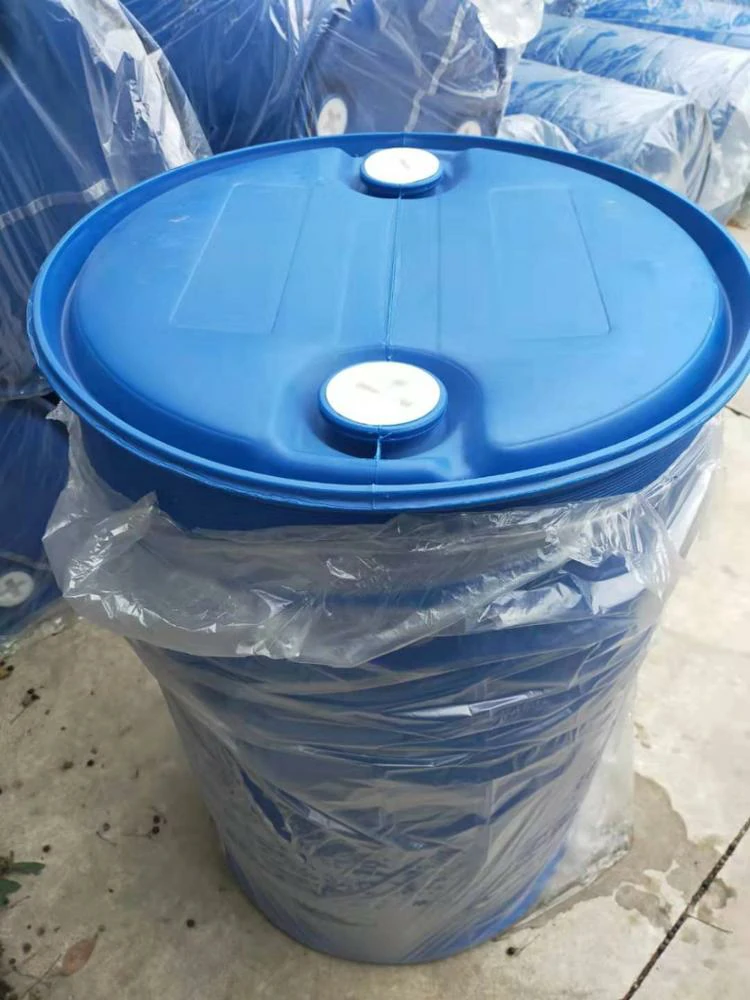CAS:768-35-4
Molecular Formula:C6H6BFO2
Alias
More Information
(3-Fluorophenyl)Boronic acid; 3-Fluorobenzeneboronic acid; m-Fluorophenylboronic acid; 3-Fluorophenyl Boronic acid; 3-Fluoro Phenylboric acid; (3-Fluorophenyl)Boranediol; m-Fluorobenzeneboronic acid
Brief Introduction
3-fluorophenylboric acid is an important pharmaceutical and chemical intermediate, which is widely used in organic and pharmaceutical synthesis. In addition to its important application in Suzuki coupling reaction, it has other applications: for example, it is used as a catalyst to catalyze the condensation of carboxylic acid and amine, and catalyze the reduction of carboxylic acid to alcohol; And α,β- Unsaturated compounds were synthesized by 1,4-conjugate addition reaction β- Aryl substituted carbonyl compounds, etc.
CNY 3.3 Million
66600m²
100-500 People
Manufacturing
Manufacturing
| Product Photo | Specification | Grade | Max Capacity | Certificates | Package | |
|---|---|---|---|---|---|---|
|
|
||||||
| Tech Grade | 240 tons/year | - |
20kg /
Fibre Drum
|
Main products:
3-Fluorophenylboronic Acid
/Phenylboronic Acid
/4-Methylphenylboronic acid
/2-Chlorophenylboronic Acid
CAS:92-06-8
Molecular Formula:C18H14
Alias
More Information
1,3-Diphenylbenzene; 1,1':3',1''-Terphenyl; Isodiphenylbenzene; 1,3-Terphenyl; m-Diphenylbenzene; meta-Terphenyl
Brief Introduction
Usually with excellent optoelectronic and optical properties, m-terpenes have been widely used in materials science to create conducting polymers, liquid crystal materials, heat storage and heat transfer materials, laser dyes and textile dye carriers, among others.
CNY 45 Million
75258m²
Less Than 50 People
Manufacturing
Manufacturing
| Product Photo | Specification | Grade | Max Capacity | Certificates | Package | |
|---|---|---|---|---|---|---|
|
|
||||||
| Tech Grade | 100 tons/year | - |
25kg /
Paper Bag
|
Main products:
M-Terphenyl
/Biphenyl
/Cyclohexylbenzene
/P-Terphenyl
/2,3-Diisopropylbiphenyl
Alias
More Information
temp-1; Alkynyl Ethers
Brief Introduction
Intermediate for electroplating, leveling agent in forged nickel and bright nickel plating solution
CNY 11.9 Million
143190m²
Less Than 50 People
Manufacturing
Manufacturing
| Product Photo | Specification | Grade | Max Capacity | Certificates | Package | |
|---|---|---|---|---|---|---|
|
|
||||||
| Tech Grade | - | - |
25kg /
Plastic Drum
200kg /
Plastic Drum
|
Main products:
Alkynols and Ethers Polymer
/Chloral Hydrate
/1H-Imidazole, Polymer with (Chloromethyl)Oxirane
/N-Benzylniacin
/1-Benzyl-3-Carboxylatopyridinium Sodium Chloride
/Quaternary Ammonium Salt PyC
CAS:150371-97-4
Molecular Formula:C18H24N2O2
CNY 0.0 Million
100-500 People
Manufacturer
Manufacturing
| Product Photo | Specification | Grade | Max Capacity | Certificates | Package | |
|---|---|---|---|---|---|---|
|
|
||||||
| - | - | - | - |
Main products:
Phenol, 4,4'-(1,3-Dimethylbutylidene)bis[2-Amino- (9CI)
/3,3',4,4'-Benzophenonetetracarboxylic Dianhydride
/3,4'-Oxydianiline
/4,4'-(Hexafluoroisopropylidene)Diphthalic Anhydride
/3,3',4,4'-Biphenyltetracarboxylic Dianhydride
/2,2'-Dimethyl[1,1'-Biphenyl]-4,4'-Diamine
/2,2'-二(三氟甲基)-(1,1'-二苯基)-4,4'-二胺
/2,3,3',4'-Biphenyl Tetracarboxylic Dianhydride
/2,3,3',4'-二苯醚四甲酸二酐
/4,4'-联苯醚二酐
/2,2-Bis(3-Amino-4-Hydroxyphenyl)Hexafluoropropane
/2,2-Bis(3-Amino-4-Hydroxyphenyl)Propane
/Bis(3-Amino-4-Hydroxyphenyl) Sulfone###3,3'-Diamino-4,4'-Dihydroxydiphenyl Sulfone
/4,4'-(4,4'-Isopropylidenediphenoxy)Bis(Phthalic Anhydride)
/4,4'-(4,4'-Isopropylidenediphenyl-1,1'-Diyldioxy)Dianiline
/2,2-Bis[4-(4-Aminophenoxy)Phenyl]Hexafluoropropane
/2-Amino-5-(4-Amino-3-Hydroxyphenyl)Phenol###3,3'-Dihydroxybenzidine
/4,4'-对苯二氧双邻苯二甲酸酐
/1,3-Bis(4-Aminophenoxy)Benzene
/1,4-双(4-氨基苯氧基)苯
/4,4'-双(4-氨基苯氧基)联苯
/4,4'-双(3-氨基苯氧基)联苯
/4,4'-Bis(3-Aminophenoxy)Diphenyl Sulfone
/1,2,4,5-Cyclohexanetetracarboxylic Dianhydride
/Cyclobutane-1,2,3,4-Tetracarboxylic Dianhydride
/2-(4-氨基苯基)-5-氨基苯并咪唑
/2-(4-氨基苯基)-5-氨基苯并恶唑
/2-(3-氨基苯基)-5-氨基苯并咪唑
/2,2'-双(三氟甲基)-4,4'-二氨基苯基醚
/4,4'-二氨基联苯-2,2'-二羧酸
/4,4-氯甲酰基苯醚
/9,9-双(3-氟-4-氨基苯基)芴
/9,9-Bis(4-Aminophenyl)Fluorene
/(4-邻苯二甲酸酐)甲酰氧基-4-邻苯二甲酸酯
/[4-(4-氨基苯甲酰基)氧苯基]4-氨基
苯甲酸酯
/双(4-氨基苯基)对苯二甲酸酯
/双[(3,4-二酸酐)苯基]对苯二甲酸酯
/对-亚苯基-双苯偏三酸酯二酐
/对-亚联苯基-双苯偏三酸酯二酐
/3,3',4,4'-Diphenylsulfonetetracarboxylic Dianhydride
/4,4'-二氨基苯砜
/1,4,5,8-Naphthalenetetracarboxylic Dianhydride
/N,N'-(2,2'-双(三氟甲基)-[1,1'-二联苯基]-4,4'-二基)双(4-氨基苯甲酰胺)
/4-Phenylethynylphthalic Anhydride
/Bisphenol Af
/双酚AF二酐
/2,2-Bis(4-Aminophenyl)Hexafluoropropane
/N,N'-[[2,2,2-三氟-1-(三氟甲基)亚乙基]双(6-羟基-3,1-亚苯基)]双[3-氨基苯甲酰胺]
/N,N'-[[2,2,2-三氟-1-(三氟甲基)亚乙基]双(6-羟基-3,1-亚苯基)]双[4-氨基苯甲酰胺]
/2,4,6-Trimethylbenzene-1,3-Diamine###2,4,6-Trimethyl-1,3-Phenylenediamine
/茚二胺
/3,3'-Diaminobenzidine
/4-叔丁氧基苯乙烯
/N-[4-[4-[(1,3-二氧-2-苯并呋喃-5-羰基)氨基]-2-(三氟甲基)苯基]-3-(三氟甲基)苯基]-1,3-二氧-2-苯并呋喃-5-甲酰胺
/1,2-双(4-氨基苯氧基)乙烷
/二乙二醇(4-三甲酸酐)
/6FCDA
/5-Isobenzofurancarboxylic acid, 1,3-Dihydro-1,3-Dioxo-, 5,5'-[(1-Methylethylidene)di-4,1-Phenylene] Ester
/5-Isobenzofurancarboxylic acid, 1,3-Dihydro-1,3-Dioxo-, 2,6-Naphthalenediyl Ester (9CI)
/9,9-Dimethyl-9H-Fluorene-2,7-Diamine
/3,3',5,5'-Tetramethylbenzidine
/4-[1-(4-Aminophenyl)Cyclohexyl]Aniline
/Phenol, 4,4'-Cyclohexylidenebis[2-Amino-
/1,3-Isobenzofurandione, 4-[(1,3-Dihydro-1,3-Dioxo-5-Isobenzofuranyl)Carbonyl]-
/3-(Carboxymethyl)-1,2,4-Cyclopentanetricarboxylic acid 1,4:2,3-Dianhydride
/m-Dbahs
/9,9-BIS(3-Amino-4-Hydroxyphenyl)Fluorene
/2-Chloro-4,4-Diaminobenzanilide
/[1,1':4',1''-Terphenyl]-4,4''-Diamine, 2,2''-bis(Trifluoromethyl)-
/3,3',5,5'-Tetrakis(Methoxymethyl)-[1,1'-Biphenyl]-4,4'-diol
/[2]Benzofuro[5,6-f][2]Benzofuran-1,3,6,8-Tetrone
/1,3,5-TRIS(4-Aminophenoxy)Benzene (135Tapob)
/Bicyclo[2.2.2]Oct-7-Ene-2,3,5,6-Tetracarboxylic Acid Dianhydride
/5,5'-Methylenebis(2-Aminobenzoic Acid)
/Dicyclohexyl-3,4,3',4'-Tetracarboxylic Dianhydride
/N2-(4-Aminophenyl)-2,5-Pyridinediamine
/1,3-Isobenzofurandione, 4,4'-[1,4-Phenylenebis(oxy)]bis-
CAS:83048-65-1
Molecular Formula:C13H13F17O3Si
Alias
More Information
(3,3,4,4,5,5,6,6,7,7,8,8,9,9,10,10,10-Heptadecafluorodecyl)Trimethoxysilane; (Heptadecafluoro-1,1,2,2-Tetrahydrodecyl)Trimethoxysilane; Trimethoxy(1H,1H,2H,2H-Heptadecafluorodecyl)Silane; 3,3,4,4,5,5,6,6,7,7,8,8,9,9,10,10,10-Heptadecafluorodecyl(Trimethoxy)Silane; Silane, (3,3,4,4,5,5,6,6,7,7,8,8,9,9,10,10,10-Heptadecafluorodecyl)Trimethoxy-
Brief Introduction
This product can be used for the coating of electronic products, for the self-cleaning of glass and other products, so that the substrate can prevent light reflection. It can also be used to prepare wear-resistant ultra moisture resistant nylon surface. It can also be used as an additive to increase the hydrophobicity of the surface of carbon nanotube structure.
Inquiry (
10
/ 10
)
Clear All
Sign In
Error!





